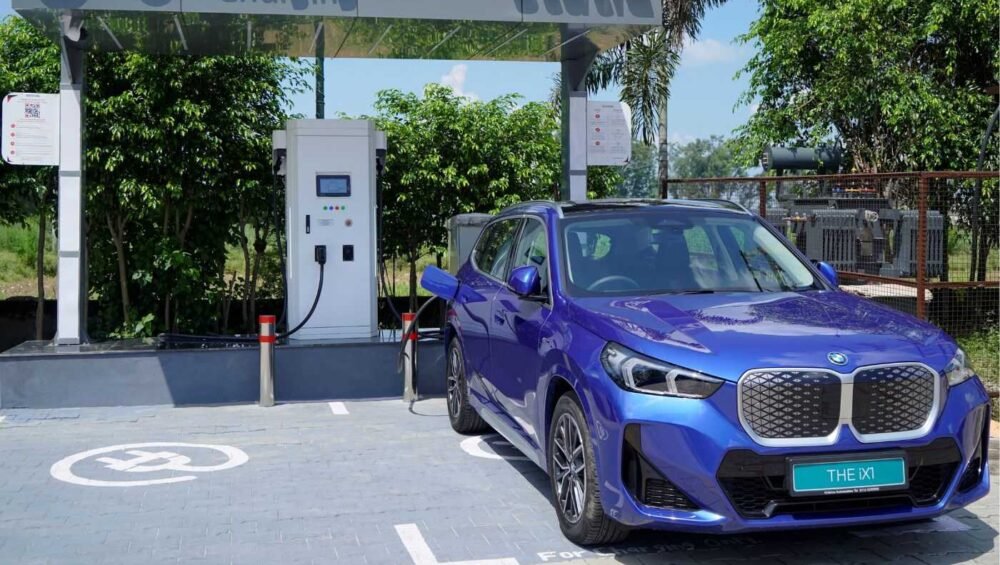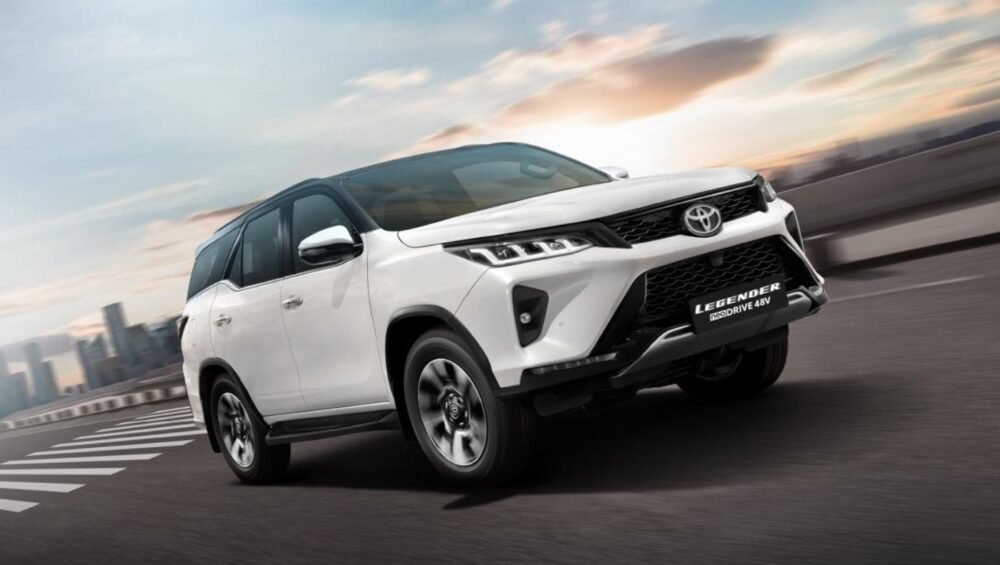BMW Group India has made history by becoming the first luxury carmaker in India to cross the 5,000 electric vehicle (EV) delivery milestone. As a testament to its leadership in premium e-mobility and in celebration of this achievement, BMW has unveiled a groundbreaking high-power charging corridor covering 4,000 km, stretching from Jammu in the north all the way to Madurai in the south.
Creating India’s Longest Luxury EV Charging Corridor
The newly launched BMW charging corridor aims to eliminate range anxiety for luxury EV customers by providing charging points at every 300 km interval across one of India’s busiest travel routes. The network connects strategic metro and tier-2 cities including Delhi, Jaipur, Ahmedabad, Mumbai, Pune, Hubbali, Bengaluru, Coimbatore, and Madurai.
- Charger Power Range: 120 kW – 720 kW
- Placement: At premium stops—cafés, restaurants, malls—allowing users to relax, dine, or use in-car entertainment while charging
- Coverage: Accessible to all EV brands, supporting the entire e-mobility ecosystem beyond just BMW and MINI owners
The corridor, developed in partnership with charging leaders Statiq and Zeon, demonstrates BMW’s commitment not just to its customers, but to the broader evolution of India’s charging infrastructure.
BMW’s Expanding Charging Network and Smart Features
This corridor supplements BMW’s fast-growing EV support ecosystem:
- 300+ BMW Destination Chargers at luxury hotels, resorts, and malls pan-India
- Access to 6,000+ charging points nationwide through expanded tie-ups with multiple provider networks
- myBMW app: Provides live charger status, routes, and suggests amenities nearby. Users can also filter chargers by output and access everything with a seamless in-app experience
- Industry-first Charging Concierge: Dedicated BMW assistance for trip planning, real-time charger availability, and unified payment—all through a single service, sidestepping the clutter of multiple charging apps
- Smart E-Routing & Destination Charging: Automated trip suggestions based on charger location and range
BMW and MINI EV owners also benefit from complimentary home charger installation and open access to fast-charging at all official dealerships.
Leading India’s Luxury EV Segment
BMW Group India has consistently outpaced rivals to retain luxury EV leadership for three consecutive years. The company’s robust portfolio includes models such as:
- BMW i7, iX, i4, i5, iX1 Long Wheelbase
- MINI Countryman E
- BMW CE 04 & CE 02 electric scooters
During the first half of 2025, BMW and MINI saw EV sales of 1,322 units, registering a meteoric 234% year-on-year growth. EVs now comprise 18% of BMW’s total sales in India, with the iX1 Long Wheelbase leading popularity, closely followed by the flagship i7.
Commitment to Customer Experience
To mark the milestone, BMW’s President and CEO, Vikram Pawah, noted:
“Crossing 5,000 electric deliveries is not just a number but a reflection of our pioneering spirit in premium e-mobility. To mark this, we are pleased to introduce our high-power charging corridor, enabling customers to experience sheer driving pleasure across the length of India without concern.”
BMW’s strategy ensures that luxury EV customers can travel worry-free across the country, enjoying both performance and convenience.
The Road Ahead
With this milestone and infrastructure boost, BMW cements its position as the benchmark for luxury EV adoption in India. As the demand for electric vehicles accelerates, BMW’s bold moves in charging, accessibility, and a rapidly expanding product line place it firmly ahead in the new era of sustainable, premium mobility.

